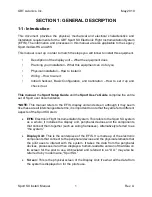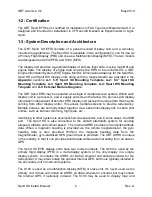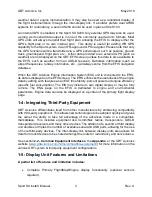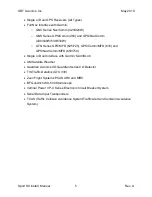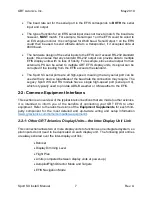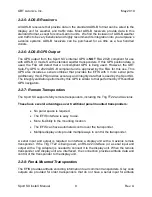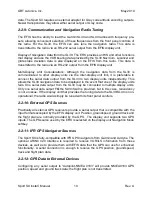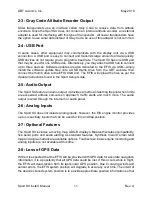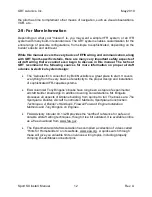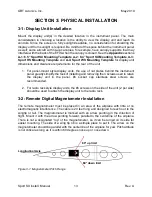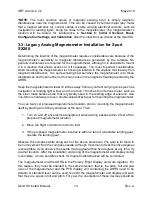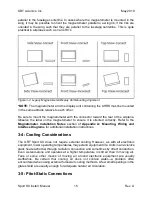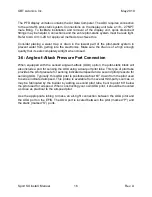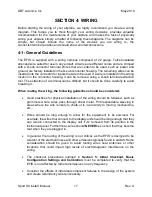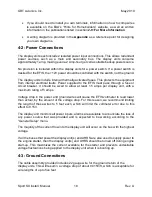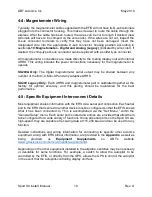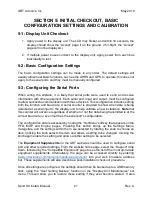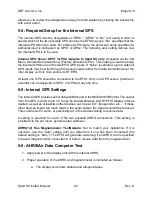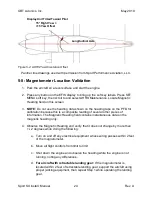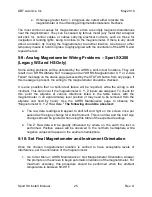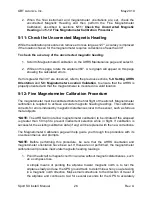
GRT Avionics, Inc.
May 2019
Sport SX Install. Manual
11
Rev. A
2-3: Gray Code Altitude Encoder Output
Older transponders use an interface called Gray Code to receive data from altitude
encoders. Since the Sport SX does not contain an internal altitude encoder, an external
adapter is used for interfacing with this type of transponder. All newer transponders have
the option to use serial data instead of Gray Code, so use of this adapter is not common.
2-4: USB Port
In some cases, other equipment may communicate with the display unit via a USB
connection. A USB port is easy to connect and transmits large amounts of data quickly.
USB devices do not require you to program a baud rate. The Sport SX has one USB port
that may be used for one USB device. Alternatively, you may attach a USB hub to connect
up to three devices. Software updates are also delivered to the EFIS via USB
—simply
install the software update files onto a USB thumb drive from the GRT website, then
connect the thumb drive to the EFIS USB port. The EFIS will upload the files as per the
Update instructions found in the Sport Setup Guide.
2-5: Audio Output
The Sport SX feature an audio output; it provides a method of alerting the pilot when limits
are exceeded, altitude call-outs on approach, traffic alerts and much more. The audio
output is wired through the intercom or audio panel.
2-6: Analog Inputs
The Sport SX does not include analog inputs, however, the EIS engine monitor provides
up to six auxiliary inputs that can be used for trim and flap position.
2-7: Optional Features
The Sport SX includes a moving map, ADS-B displays, Bluetooth wireless compatibility,
five serial ports and audio alerting as standard features. Synthetic Vision/Terrain relief
map and angle-of-attack are available options. Touchscreen, basic engine monitoring and
analog inputs are not available at this time.
2-8: Loss of GPS Data
While it is expected that the EFIS will be provided with GPS data for accurate navigation
information, it is a possibility that all GPS data could be lost. If this occurs while in flight,
the EFIS will dead-reckon from its last known GPS position. Due to varying winds and
sensor errors, the EFIS system position will degrade in accuracy over time. The intent of
the dead-reckoned system position is to provide approximate position information so that





